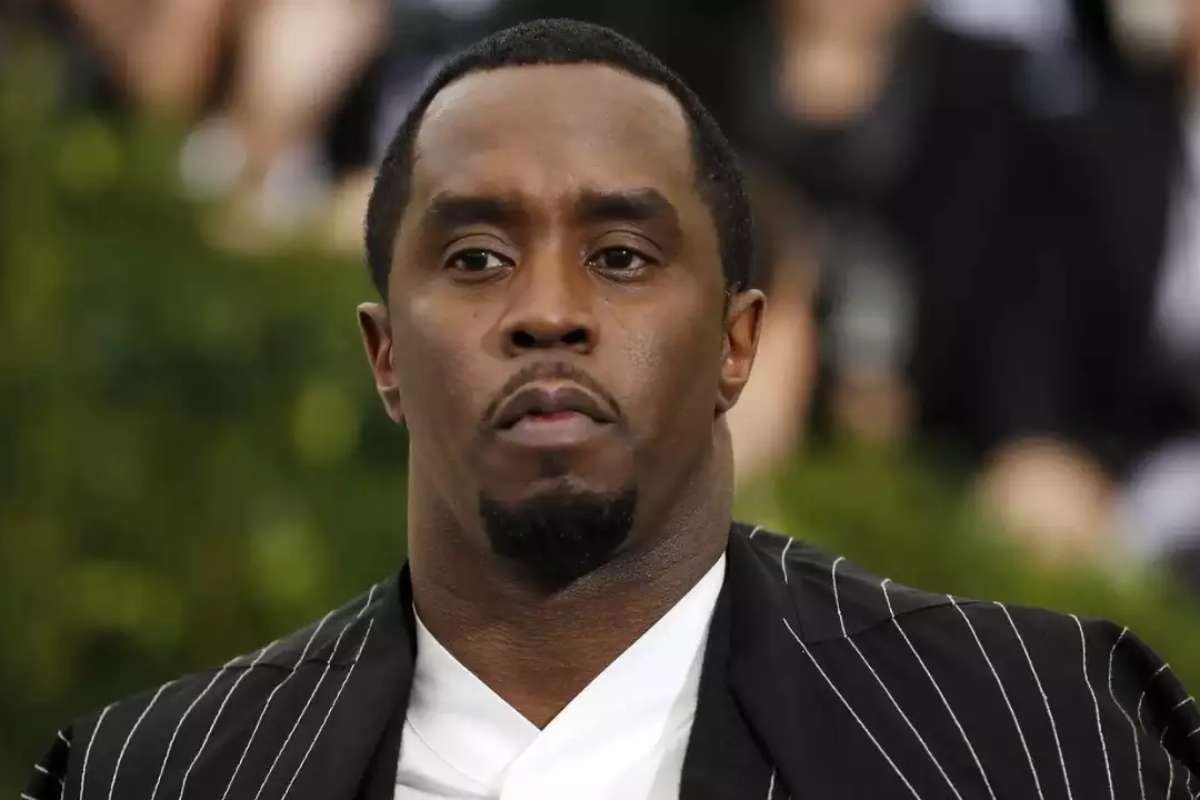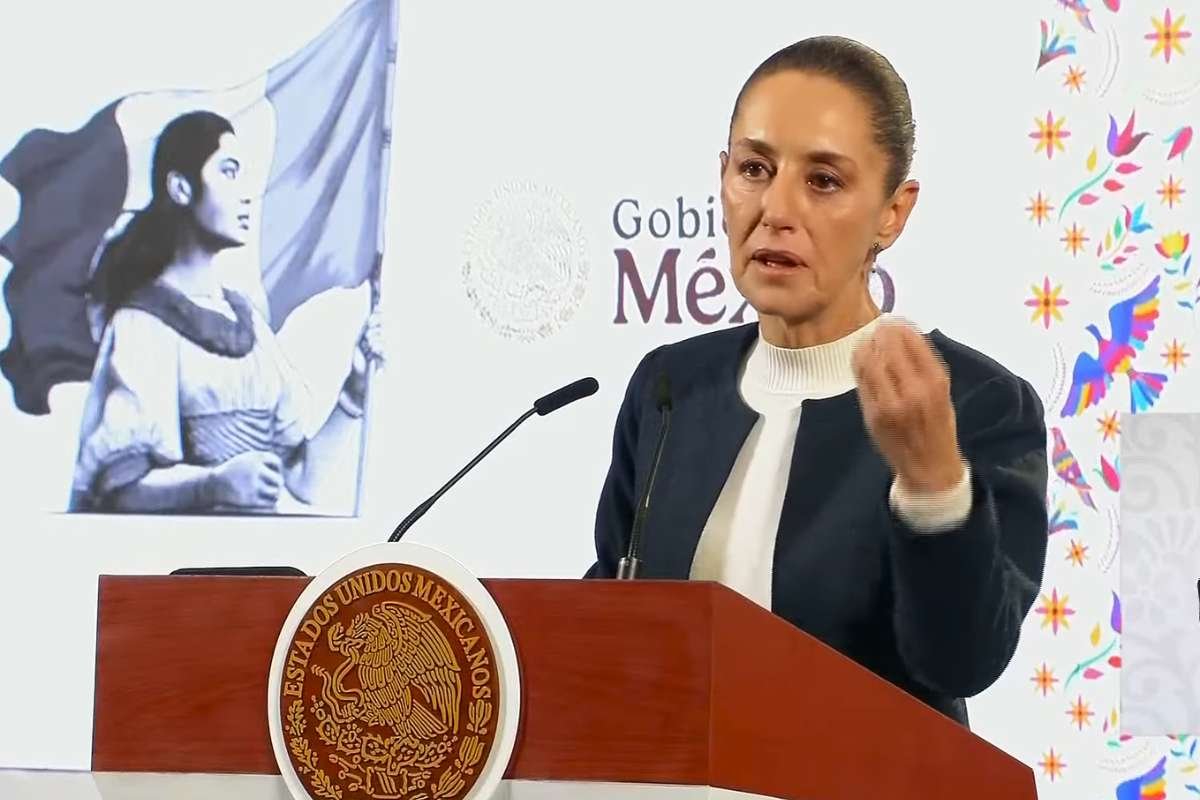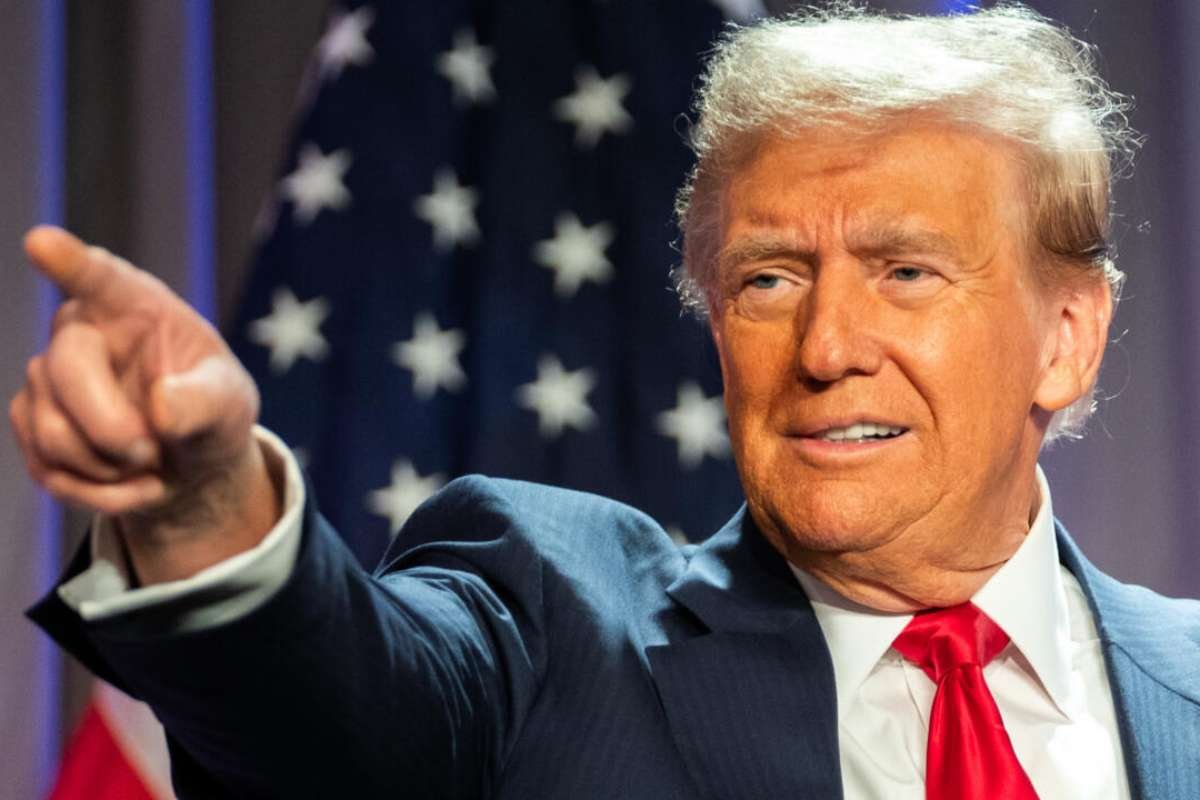The first crewed trip of the Starliner spacecraft to the International Space Station, scheduled for July 21, had been postponed, according to NASA and Boeing representatives at a news conference on Thursday.
Suni Williams and Butch Wilmore, two NASA astronauts, will have to wait several months or longer for their test voyage onboard the Starliner spacecraft. Engineers found two additional issues with the Boeing spacecraft that led to the decision: a fault with its parachutes and possibly flammable tape that covers internal circuitry. The latest in a string of difficulties that have long prevented an astronaut from flying in the capsule is technological difficulties.
Why It Matters: In order to reach space, NASA requires two rides
At the moment, NASA uses SpaceX, the Elon Musk-founded enterprise, to travel to and from the space station. With its Crew Dragon spacecraft, SpaceX launched its first crew of humans into orbit in May 2020. Since then, it has transported eight additional crews to the space station. However, NASA has also commissioned Boeing to create a backup capsule in case the primary one experiences problems. At the agency’s news conference on Thursday, Steve Stich, manager of the Commercial Crew Programme, stated that “NASA desperately needs a second provider for crew transportation.”
What followed the space shuttle program, as background
Astronauts used to be transported to and from orbit by NASA using the space shuttle. The agency had to rely on Russia’s Soyuz spacecraft for over ten years after those vehicles were retired in 2011. In order to regain its independence, the organization launched the Commercial Crew program, which would rely on private businesses to develop spacecraft that could carry astronauts on NASA flights. In addition, NASA would start using the services of the businesses, paying for travel on the cars rather than purchasing them all together as it did with the space shuttles.
As context, what happened after the space shuttle program? NASA used to use the space shuttle to carry astronauts to and from orbit. After the Russian Soyuz spacecraft was retired in 2011, the organization was forced to rely on them for more than 10 years.
The Commercial Crew plan, which would rely on private companies to create spacecraft that could carry humans on NASA trips, was introduced by the organization in an effort to reclaim its independence. In addition, NASA would start paying for travel on the vehicles rather than buying them outright as it did with the space shuttles, using the services of the companies.





